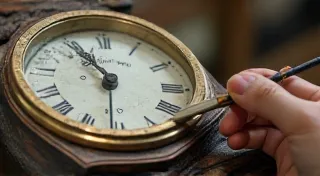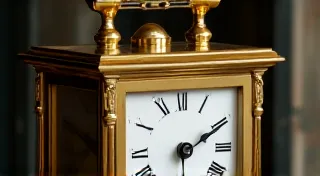Vienna Regulator Clocks: Precision and Elegance
Vienna regulator clocks, also known as Vienna clocks or sometimes incorrectly as Austrian clocks, hold a unique and cherished place in the history of antique clocks. They represent a fascinating intersection of craftsmanship, technological innovation, and aesthetic beauty, making them highly sought after by collectors and enthusiasts alike. This article delves into the history, defining characteristics, and identification points for these remarkable timekeeping devices.
A History Rooted in Accuracy
The story of Vienna regulator clocks begins in the 19th century, specifically around the 1820s. They emerged from the workshops of Joseph Schweiger in Vienna, Austria. Schweiger, recognizing a need for more accurate timekeeping devices, initially developed regulators intended for railway companies and astronomical observatories. These early regulators were exceptionally precise, often regulated by a pendulum that could be adjusted for minute accuracy. The public demand for these accurate and beautiful clocks grew rapidly, leading to their adaptation for domestic use.
The widespread production and popularity of Vienna regulator clocks truly exploded in the 1850s and 1860s. While Schweiger's original designs were influential, numerous other workshops throughout Austria and the surrounding areas began producing similar clocks. These workshops, often family-run businesses, built upon Schweiger’s innovations, leading to a remarkable proliferation of models.
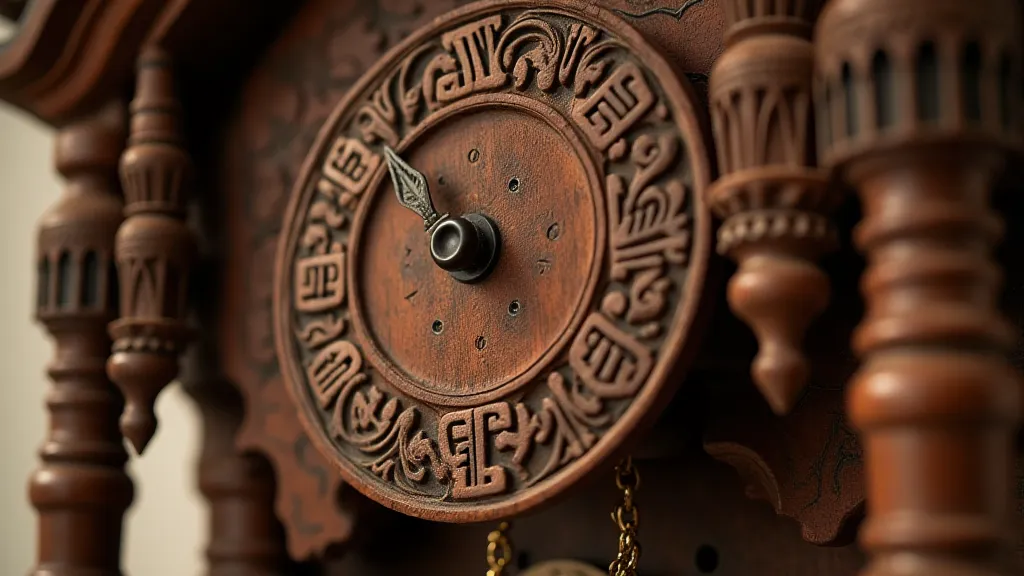
Defining Characteristics: What to Look For
Identifying a Vienna regulator clock involves recognizing a combination of stylistic and mechanical features:
- Case Style: Typically made of mahogany or walnut, Vienna regulator clocks feature a rectangular case with clean lines. The case often includes elaborate carvings, especially on the sides, hood, and base. Common motifs include floral designs, grapevines, and classical architectural elements.
- Hood: The hood, or top section, typically has a graceful curve and often features a hinged design for easy access to the movement.
- Dial: The dial is usually white or cream-colored with Roman numerals. Sub dials are common, often displaying the date, moon phase, or Westminster chimes.
- Movement: The movement is the heart of the clock. Vienna regulators usually have an eight-day movement, known for its reliability and accuracy. The escapement is generally a pendulum escapement, known for its precision.
- Pendulum and Weights: These clocks have a long, swinging pendulum and two brass weights that suspend from the movement.
- Size: They are usually substantial in size, standing approximately 42 to 36 inches tall.
Clock Identification: Distinguishing the Genuine
While the term "Vienna clock" is often broadly applied, correctly identifying a true Vienna regulator clock requires careful observation:
- Origin: While most were produced in Austria, similar clocks were made in Germany, Bohemia (now Czech Republic), and even some in the United States, inspired by the Viennese style. Identifying the maker’s mark, if present, can offer clues about the clock's origin.
- Movement Markings: Examine the movement for markings, which may indicate the maker and sometimes the year of manufacture.
- Case Details: Compare the case detailing and overall design to known examples of authentic Vienna regulator clocks.
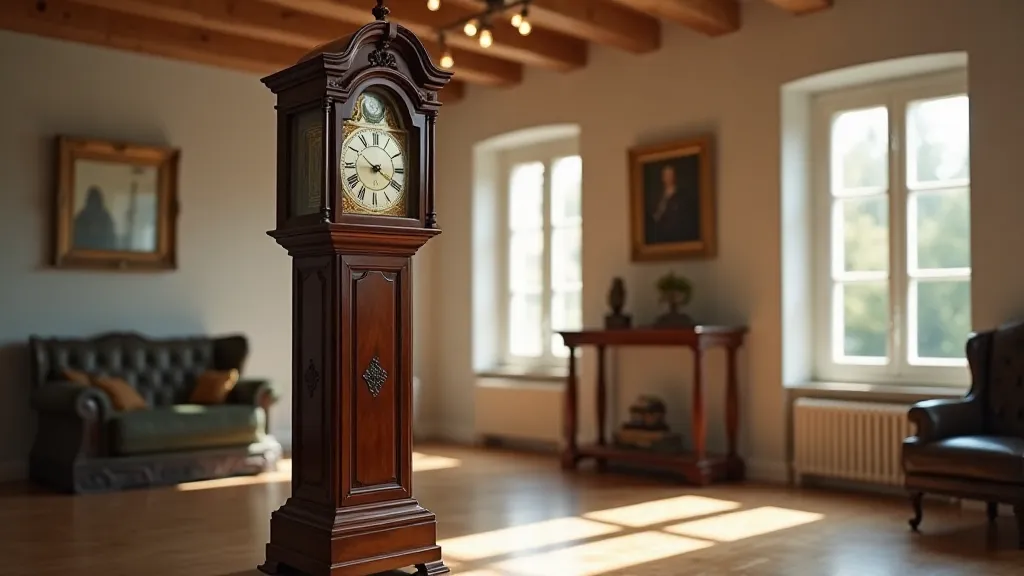
Collectibility and Value
Vienna regulator clocks are highly collectible, and their value can vary significantly based on several factors:
- Condition: The clock's overall condition greatly influences its value.
- Rarity: Certain makers and models are rarer than others, commanding higher prices.
- Originality: Clocks with original parts and finishes are generally more valuable.
- Working Order: A clock that is in working order is more desirable.
Caring for Your Vienna Regulator Clock
Proper care is essential for preserving the beauty and functionality of your Vienna regulator clock:
- Regular Cleaning: Dust the clock regularly with a soft cloth.
- Movement Servicing: Have the movement professionally serviced every few years.
- Humidity Control: Maintain a stable humidity level to prevent wood warping and metal corrosion.
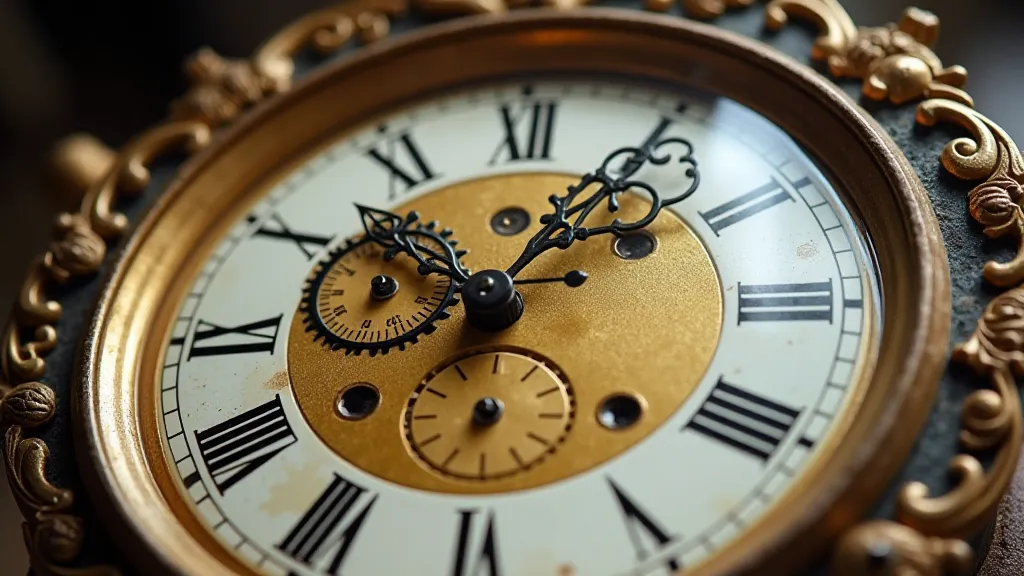
Vienna regulator clocks represent a pinnacle of 19th-century clockmaking. Their combination of precision, elegance, and craftsmanship continues to captivate collectors and enthusiasts, solidifying their place as treasured antiques.


